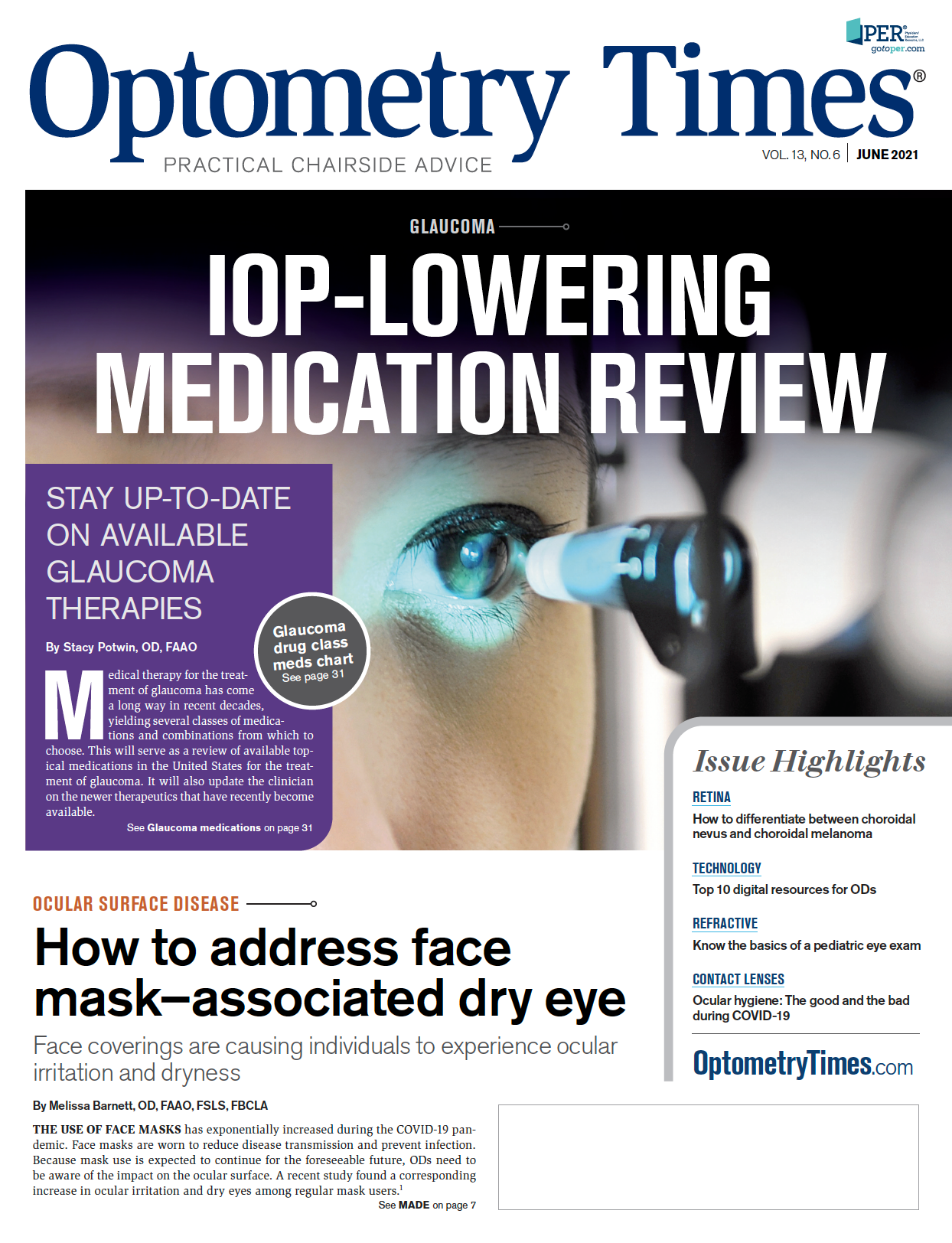- Therapeutic Cataract & Refractive
- Lens Technology
- Glasses
- Ptosis
- Comprehensive Eye Exams
- AMD
- COVID-19
- DME
- Ocular Surface Disease
- Optic Relief
- Geographic Atrophy
- Cornea
- Conjunctivitis
- LASIK
- Myopia
- Presbyopia
- Allergy
- Nutrition
- Pediatrics
- Retina
- Cataract
- Contact Lenses
- Lid and Lash
- Dry Eye
- Glaucoma
- Refractive Surgery
- Comanagement
- Blepharitis
- OCT
- Patient Care
- Diabetic Eye Disease
- Technology
5 financial ratios to watch to track your practice’s financial health
Top 5 financial metrics every physician should know how to and use them each month

Physicians are quite familiar with methods for discovering the health of their patients. They use HDL:LDL (high-density lipoprotein/low-density lipoprotein) ratio, waist-to-height ratio, waist-to-hip ratio, and many other measurements. Not only are they skilled at doing so, but they can even use this data to predict problems patients will face and even how long they might live.
Accountants and business leaders use similar ratios and methods to determine the financial health of a company. These ratios can tell physicians the financial health of their practices. Listed below are the top 5 financial metrics every physician should know how to and use each month. These are a few of the financial ratios physicians can determine using income statements and balance sheets provided by their accountants and office managers.
These ratios will help determine the level of financial stability of a practice and help ODs make better decisions for their future. Financial health is hard work. Just as physicians ask patients to keep track of diet and exercise activity, they should also closely monitor the financial health of their practices. They must be diligent to actively manage their business.
1 Current ratio
One of the most important ratios to know is a solvency ratio called the current ratio. The current ratio is a simple calculation to perform, but first a few definitions are needed. When current is used in a financial report, it indicates the ability to convert the asset into cash within a 1-year period or the liability is due within 1 year. Current assets can convert to cash within 1 year. Current assets are cash, cash equivalents, accounts receivable (A/R), bad debt allowance, and inventory on hand. Current liabilities are bills that must be paid within 1 year. Current liabilities are all notes and accounts payable due within 1 year, interest payable, wages payable, and income taxes payable.
The current ratio is an indication of the firm’s ability to pay back its short-term liabilities. To obtain this ratio, divide the current assets by the current liabilities. If the current ratio is less than 1, this indicates the company has more debt due within 1 year than it has assets to pay those debts. This is a critical ratio for any company, particularly in medical practice. If a practice’s current ratio is less than 1, the physician should seriously consider how the practice will survive should something happen to cash flow.
Another ratio is the quick ratio or “acid test.” This is the same as a current ratio except that inventories are not included in the numerator. It examines the most liquid assets and compares them against the current liabilities. If a practice does not hold inventory, then its current ratio is a quick ratio or acid test.
2 Days in accounts receivable
Days in A/R measure a company’s ability to convert receivables into cash. A low number of days in A/R indicates that the practice can quickly collect on its debts.
This ratio varies by industry. The important thing to watch is whether the number increases. If it is increasing, investigate why and find ways to bring the number back down. Every practice should know its general days in A/R.
It is equally important to know the days in A/R for each payer class. How long does it take for the Centers for Medicare & Medicaid Services (CMS) to pay the practice? How long does it take for commercial payers to pay the practice? How long does it take to get paid by patients with health savings accounts? These are important questions that can help physicians make better decisions and plans. The calculation is performed by dividing accounts receivable by the revenue and then multiplying by 365.
3 Operating margin
Operating margin is a measure of what proportion of the company’s revenue is left over after paying the variable costs of production of the services or goods. These costs include wages, raw materials, etc. It is important to have a healthy operating margin so that the company has enough cash to pay its fixed costs. This is also known as an operating profit margin for the net profit margin. It is calculated by dividing the operating income by the net revenue.
4 Working capital
Capital measures the practice’s abilities to pay its bills on time. It is another liquidity or solvency ratio. It is calculated by subtracting the current liabilities from the current assets. The larger the number, the larger the working capital and the larger the cushion the firm has should an unexpected revenue downturn occur.
5 Days in accounts payable
Like days in A/R, days in accounts payable (A/P) measures how long it takes for the practice to pay its bills. This is an important ratio because it can be a lagging indicator of the financial health and solvency of the practice. Also, it can be a good indicator of how well the practice is using its cash. Paying bills too soon might strap the firm for cash in the short term. Paying bills too late puts the practice in jeopardy of financial and legal action.
Days in A/P is also a good ratio to know about those with whom a practice has service contracts or agreements. If these providers take a long time to pay their bills, it will give you an indication of what to expect. This calculation is made by the ending accounts payable divided by the cost of sales divided by the number of days.

